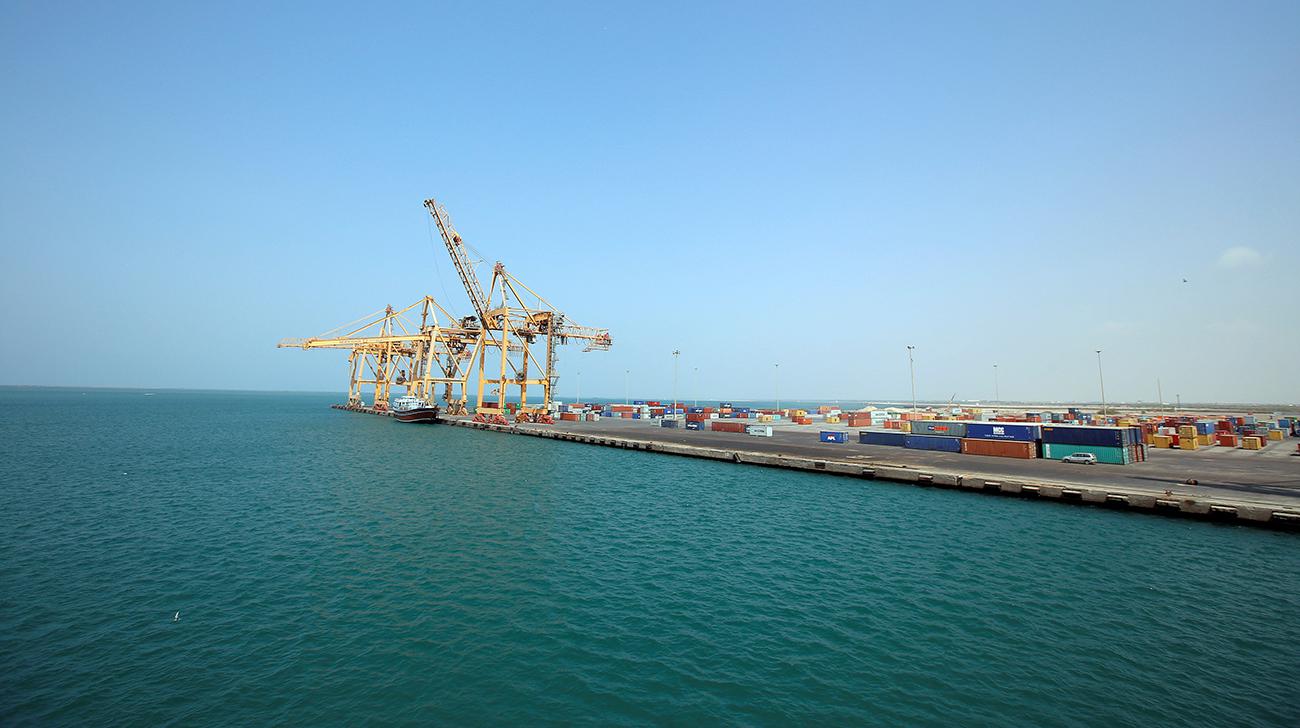Home » Saudi blockade of Yemen set to resume after brief respite
Saudi blockade of Yemen set to resume after brief respite


Yemen faces a return to blockade conditions today, as a 30-day Saudi reprieve comes to an end.
In November 2017, Riyadh intensified its air and naval blockade after Iranian-backed Houthi rebels fired a missile on the capital. Easing came in December, following a UN declaration that Yemen—where over 22 million require aid— is home to ‘the largest humanitarian crisis in the world’.
Control over the capital, Sanaa, its airport and the Red Sea port of Hudaydah belongs to the Houthis. The UN-backed government of President Abdrabbuh Mansur Hadi is nominally in control of the country’s southeast. Regardless, Mr Hadi’s power is paper thin; in reality, control is distributed among a number of local players that are only temporarily united by anti-Houthi sentiment.
8.4 million Yemenis are on the verge of famine and cholera has spread to over a million people. With thousands of lives at risk, expect international pressure to force concessions from Riyadh. Given that stopping weapon proliferation is still a priority, expect the Saudis to offer an increase in the carefully inspected aid flights into Sanaa and shipments into Hudaydah.
Start your day with an open-source intelligence briefing. Download The Daily Brief app.


Saudi Arabia has not imposed a “blockade” on Yemen. Instead , it is only controlling access to the country to prevent pro-Iran rebels from obtaining arms. I think it has the right to do so because the new situation is critical and dangerous, and requires the interference of the Yemeni army and coalition forces in Sanaa.